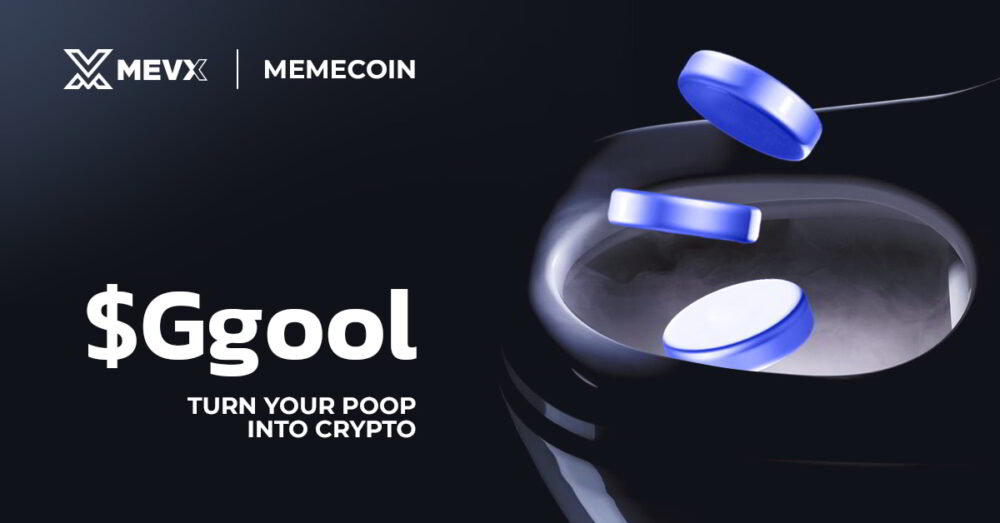
With a nod to internet humor and a playful “poop-to-earn” narrative, $Ggool is carving a niche in Solana’s crowded meme coin landscape.
But what’s behind this token’s meteoric rise, and can it sustain the buzz? Let’s dive into the wild world of $Ggool.
The inspiration for this token probably comes from the story of South Korean professor Cho Jae-weon who invented a toilet that turns poop into energy and pays people in digital currency. He developed an eco-friendly toilet system called BeeVi that converts human waste into methane gas, which generates energy. A person defecates~ 500g/day converted into 50 liters of methane gas which generates 0.5 kWh.

Users were rewarded with a digital currency called Ggool, earning 10 Ggool per day to spend on campus goods like coffee or books. The project, part of his Science Walden initiative, aimed to promote sustainable energy but ended in February 2022 when its five-year funding ran out.
The contract address is CuCeQR5ddf1mYaYGS7LdcQfWxqtqhso8ChkAsWrTpump, emerged on Solana’s Pump.fun, the go-to launchpad for meme coins where tokens can be minted for ~$3. Its debut coincided with a bullish day for Solana climbed to $121 on April 11, per market data setting the stage for $Ggool’s explosive entry. Within minutes, the token’s market cap hit $309.8K with $54.72K in liquidity and 621 transactions worth $17.7K in a five-minute window. X posts reported a 199.86% 24-hour market cap spike, reaching $309.8K with 730 holders by early April 12.
The “poop-to-earn” narrative, while still not unconfirmed, resonates with Solana’s absurd humor. Let’s think about Fartcoin’s 259% monthly gain. $Ggool’s lack of impersonation risk, per @Dape_agent, and “well-distributed” holder base, per @crypto_quAInt, give it a veneer of legitimacy. Although X hype often inflates reality. With 730 holders and counting, $Ggool’s community is small but vocal. A critical factor for meme coin survival.
Share on Social Media:
